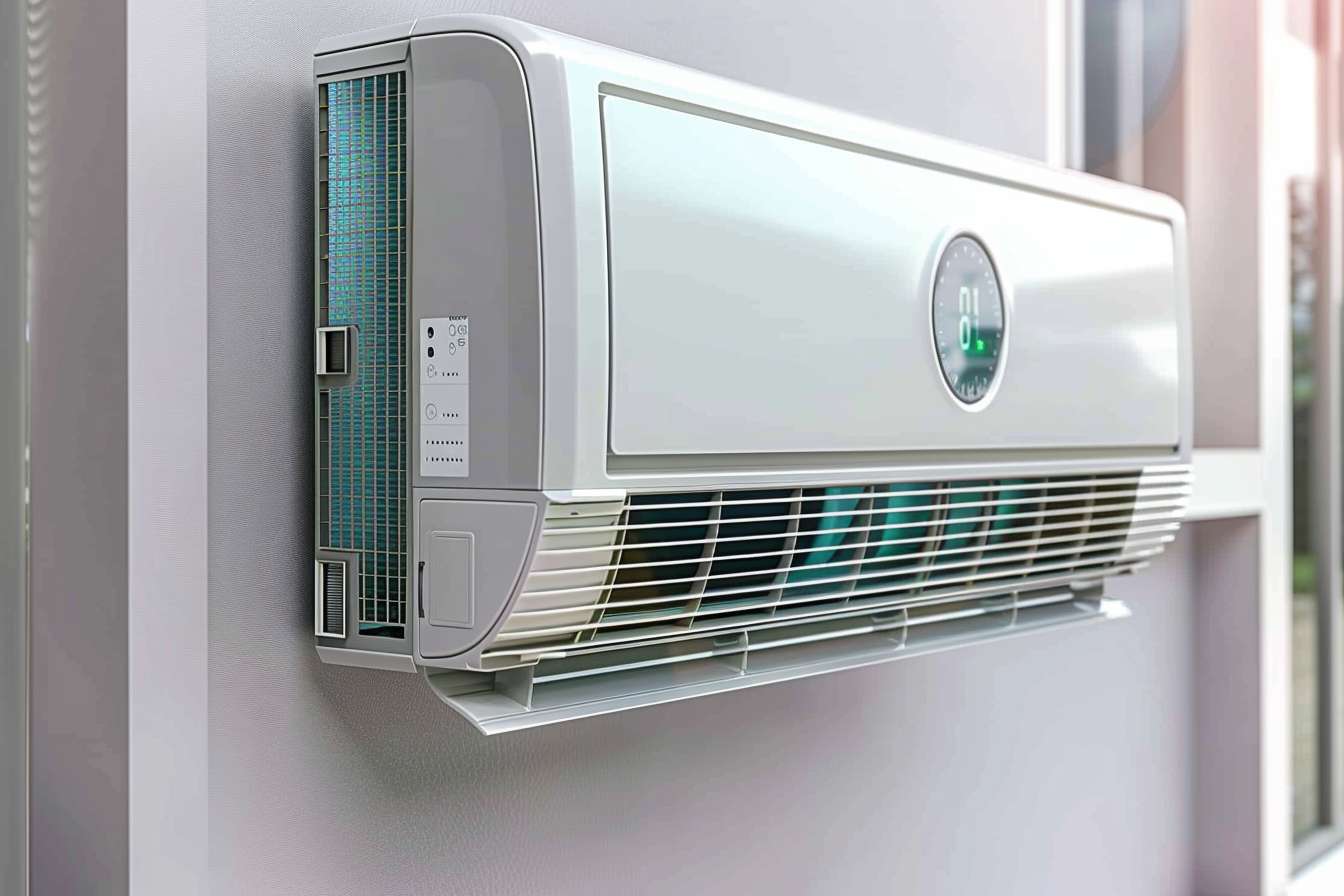Unleashing the Potential of Fixed Wireless Access: A New Era of Connectivity
Introduction Telecommunications has always been a dynamic field, with new innovations and technologies regularly transforming the way we connect with each other and the world. One such innovation that is promising to redefine broadband connectivity is Fixed Wireless Access (FWA).
The Emergence of Fixed Wireless Access
In the early days of the internet, connectivity was primarily provided through dial-up connections over copper telephone lines. As the internet evolved and the demand for higher speeds increased, broadband technologies such as DSL, cable, and fiber optics took center stage. However, these wired connections were not without their limitations. They required substantial infrastructure investments and were often not feasible in remote or rural areas. This is where Fixed Wireless Access came into play. FWA provides broadband internet access to homes and businesses using wireless networks instead of cables.
The Current State of Fixed Wireless Access
In recent years, FWA has seen significant growth. A report by Ericsson predicts that by 2026, FWA connections will make up almost a quarter of total mobile network data traffic. This growth has been fueled by several factors, including the rise of remote work and learning, the increasing demand for high-speed internet, and the advancements in wireless technologies. Furthermore, regulatory changes are also playing a critical role in promoting FWA. For instance, the Federal Communications Commission (FCC) in the U.S. has been actively auctioning spectrum specifically for FWA to foster competition and innovation in broadband services.
The Impact of Fixed Wireless Access
The impact of FWA is far-reaching. It provides an alternative option for high-speed internet, especially in areas where traditional wired connections are not feasible. This has significant implications for bridging the digital divide and enabling connectivity in underserved areas. Moreover, FWA can be deployed quickly and cost-effectively, making it a viable solution for temporary events or emergency situations. However, it’s not without its challenges. Factors such as signal interference, weather conditions, and line-of-sight requirements can affect the performance of FWA.
Practical Applications of Fixed Wireless Access
FWA is being used in various sectors and scenarios. For instance, in the education sector, FWA can provide reliable internet access to schools in remote areas, enhancing the quality of online learning. In the healthcare sector, FWA can facilitate telemedicine services, allowing patients in rural areas to receive medical care without traveling long distances. Businesses can also benefit from FWA for establishing temporary offices or for backup connectivity.
Looking Ahead: The Future of Fixed Wireless Access
As wireless technologies continue to advance, the potential of FWA is only set to grow. Developments in antenna technology, signal processing, and network architecture are expected to enhance the performance and reliability of FWA. Furthermore, the advent of new wireless technologies could open up new possibilities for FWA. While much of the current focus is on urban and suburban areas, the potential for FWA in rural and remote areas is enormous.
In conclusion, Fixed Wireless Access represents an exciting development in the telecommunications industry. By providing a feasible and cost-effective alternative to traditional wired connections, it promises to redefine broadband connectivity and bridge the digital divide. As we look ahead, the continued growth and evolution of FWA will undoubtedly play a critical role in shaping the future of connectivity.





